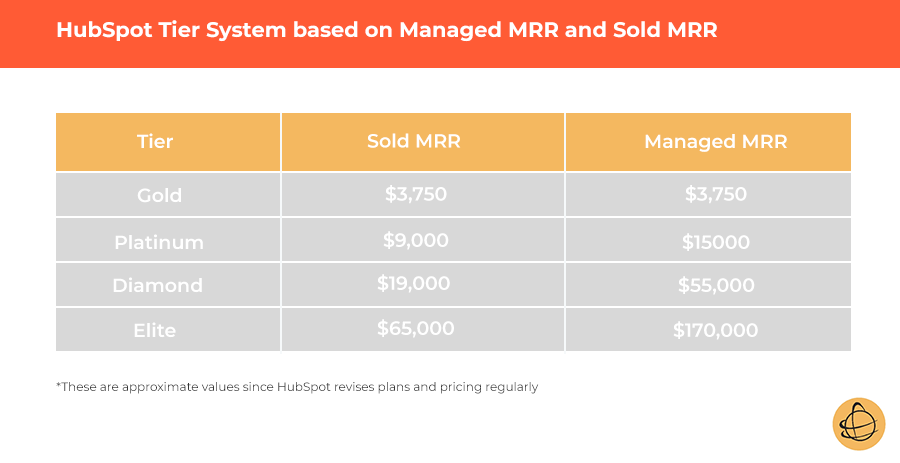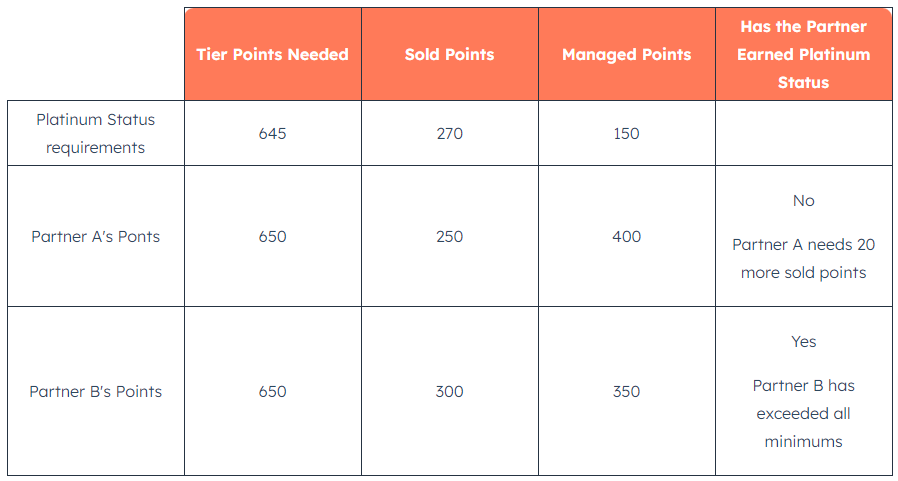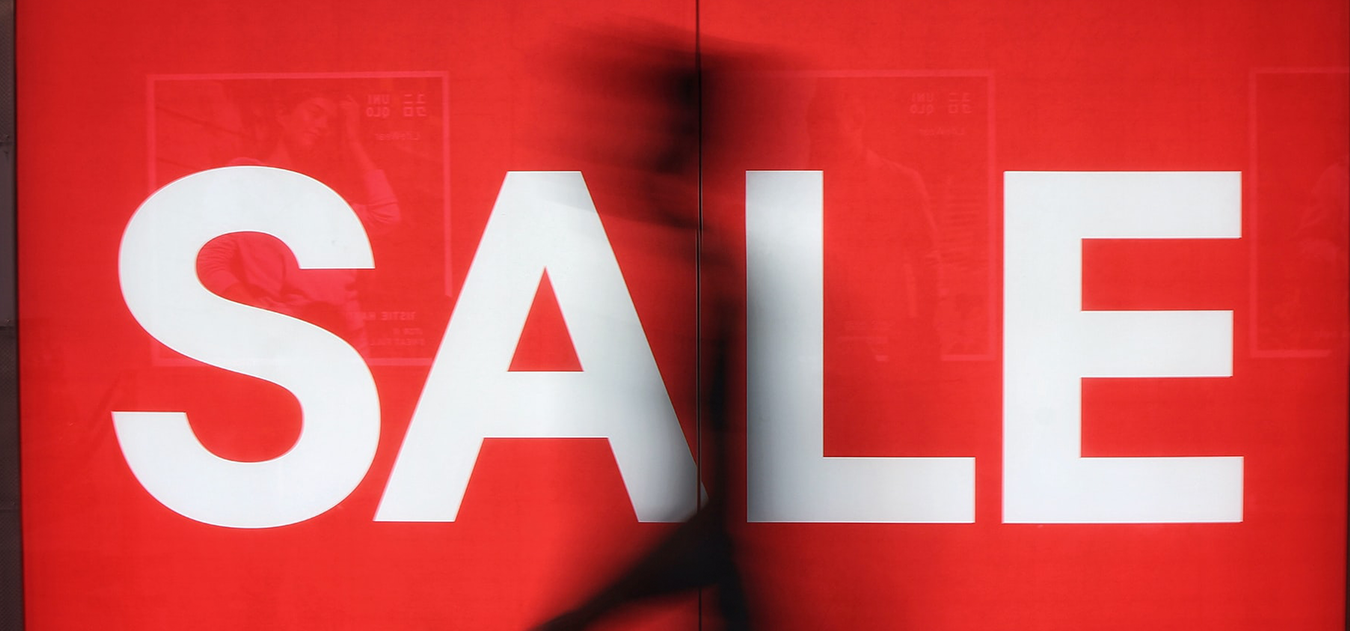There's no single link/source that tells everything about HubSpot Partner System and Tier System. And HubSpot introduces new tiers now and then, making things even trickier for somebody new to HubSpot's inbound world.
I will start with the definitions, one after the other, to unfurl HubSpot Partner System and explain how the newly launched point system is a problem for agencies. Before jumping into the newly launched one, knowing the previous tier system is essential.
HubSpot Tiers
Gold Tier
Gold is the bottom HubSpot tier now since HubSpot discontinued the Silver tier 2 years ago. To earn the Gold tier badge, agencies need the Managed MRR of $3750.
Managed MRR: Managed Monthly Recurring Revenue tells HubSpot how much business the agency has brought to HubSpot through clients having HubSpot licenses.
Sold MRR: Sold Monthly Recurring Revenue is the revenue after selling the number of HubSpot licenses by the partner.
HubSpot Gold Partners get support services as HubSpot Platinum, and Diamond (the next tier) partners do.
Gold partners don't get free tickets to HubSpot's yearly event INBOUND.
Platinum Tier
Agencies need the Managed MRR of $15000 to earn the Platinum Partner badge. Agencies under this tier get similar benefits as the Diamond Partners do. The difference is in the exclusivity of the support services for the Diamond partners.
Diamond Tier
A one-on-one session is the exclusivity of the support services that Diamond partners receive. Diamond partners can also contribute to the HubSpot blog, which is a huge plus point for SEO and backlinking for your website. The Managed MRR threshold for Diamond Partner is $55000.
Elite Tier
The Top tier in the HubSpot partner system is the Elite tier which was introduced in 2020 when the silver tier was removed. The Managed MRR required to be an Elite partner is $170,000. The Elite agencies get all the perks that Diamond partners do with the added benefits such as Partner advisory council seat, top positions in the HubSpot partner directory listings, and exclusive access to HubSpot's INBOUND event.

Along with Sold MRR and Managed MRR, there are other factors that HubSpot considers while evaluating its partner agencies.
Portal Engagement
HubSpot Partner agencies get access to HubSpot's different portals to help them in their business operations. The Portal engagement rate tells how often the partner agency is utilizing the portal. For example, if an agency has a license with 100 users, but only 3 or 3 are using it, then it tells that the portal is not much beneficial for the agency, and that's why they can't find the right area to use it in their business process. Suppose an agency has a license of 100 users and 50-70 people use it for daily tasks. In that case, it tells that the agency is utilizing the HubSpot portals, which is turning out to be beneficial for them.
Client Retention
Whether HubSpot partners or not, client retention is a general metric used to evaluate an agency's performance, in HubSpot partner agency performance measurement, Client Retention is an essential metric to see the growth of an agency.
Inbound Marketing Success
HubSpot is incomplete without inbound, so how can it leave behind the success of inbound marketing campaigns as a measuring marker? Every inbound marketing campaign run by the partner agency is evaluated. HubSpot gives out awards to agencies for successfully running inbound marketing campaigns.
HubSpot rolled out phase 1 of the new tiers model in July 2022. Phase 2 and Phase 3 will be rolled out in 2023. "The new tiers are designed to align with how you work best and to measure and reward your success in three key areas: Performance, Customer Success, and Knowledge," said Brian Garvey, VP Solutions Partner Program, HubSpot.
HubSpot has introduced the point system where the agencies have to meet the minimum of individual points and the minimum of combined points to earn the respective tier badge. See the below images for more understanding. These are from the official HubSpot website.
The New Point System for Solutions Partners by HubSpot
How This Works for Agencies

As you can see in the above image, Partner A has 400 Managed points but still fails to qualify for the tier because Partner A is short 20 points on Sold MRR. Partner A has total points more than the combined needed points. Even after meeting 2 out of three prerequisites, it fails to qualify for the desired tier batch. In comparison, Partner B qualifies for the partner system because it meets all three requirements.
The new point system says that an agency has to balance out the Sold MRR and Managed MRR. They can't focus on one particular measuring marker.
Does HubSpot say that it has made things easy for partners, but has it? Previously there was only one MRR to beat, and now three (two individual and one combined) to earn the desired Solutions partner badge.
HubSpot Solutions Partner Certifications
According to the new launch, at least one employee in the partner agency must clear the solutions partner certification after every 25 months.
Customer Dollar Retention
Agencies must achieve 85% customer dollar retention in the past 12 months for your sold/managed clients. In addition to that, there must be 100 user certifications. If you pass both these hurdles, then you are eligible for the special criteria in the Elite tier, but it is available only on an invite basis.
The Problem with HubSpot Partner System
The problem lies right under HubSpot's nose. Some of the HubSpot sales reps are in touch with HubSpot agencies in different domains, and they are also in contact with qualified or near-to-qualify leads who are interested in HubSpot CMS+CRM. Sajeel Qureshi, VP of Operations at Computan says, "HubSpot reps take the leads (qualified and yet to be qualified) and refer them to the HubSpot partners they know. Those HubSpot partners get those easy leads referred from HubSpot, and they are already in queue to use HubSpot, so it is an easy catch for the HubSpot partners." It looks quite normal on the surface, but it lets HubSpot Partners System shift its focus from other important aspects to making friends with more reps so they can pass on more leads to them. Those HubSpot Partners constantly get potential leads and raise their Sold MRR points.
Sold MRR points do not reflect a HubSpot partner's ability or skills to sell more HubSpot licenses anymore because the Sales rep's referring part is completely overlooked.
Agencies Working Private Label
"We do get a request from clients to work on the private label because they don't want their client to know that two HubSpot partners are working on their platform." Says Sajeel. This way, one agency working on a private label will not get MRR points. The one agency with an account in the portal will get the MRR points when they do little work. So, in a way, MRR is not a reflection of how much a HubSpot partner agency is capable enough to manage the client's portal. The managed MRR points are not going to the right service provider. The agencies offering only services and not selling are being hurt the most due to this undeniable scenario.
New point systems or old companies directly in touch with HubSpot sales reps and those with the first account in the portal are of major benefit. Rest are having a tough time than others to meet the thresholds for sold MRR and Managed MRR on which the whole partner tier system is based on.




